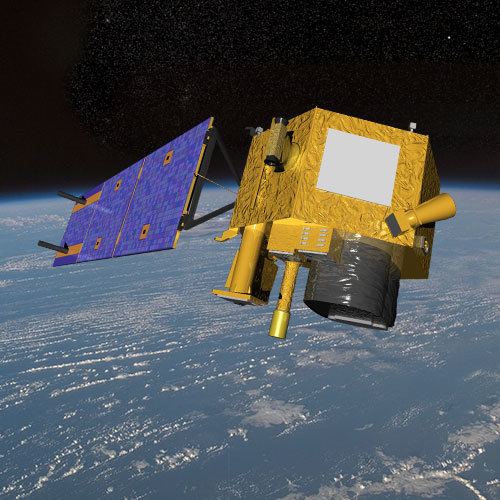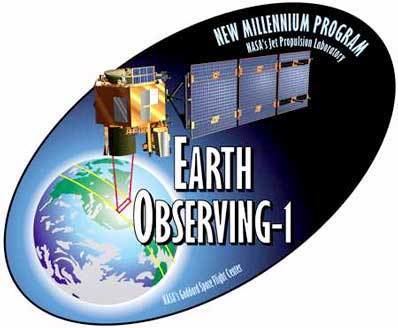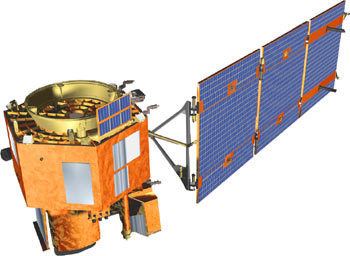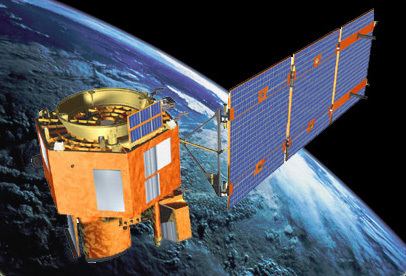COSPAR ID 2000-075A Website eo1.gsfc.nasa.gov Inclination 97.503° Launch mass 573 kg | SATCAT no. 26619 Inclination 97.503° Period 1.6 hours Launch date 21 November 2000 | |
 | ||
Mission duration Planned: 1 yearElapsed: 16 years, 3 months, 15 days Similar | ||
Eo 1 earth observing 1 satellite launch 11 21 2000
The Earth Observing-1 Mission (EO-1) satellite is part of NASA's New Millennium Program (NMP), to develop and validate a number of instrument and spacecraft bus breakthrough technologies designed to enable the development of future earth imaging observatories that will have a significant increase in performance while also having reduced cost and mass.

Its Advanced Land Imager (ALI) measures nine different wavelengths simultaneously, instead of the seven measured by the imager in Landsat 7. This permits a greater flexibility in false-color imagery. Another improvement is that instead of having an imaging spectrometer that sweeps from side to side, the ALI has a linear array of spectrometers that each scan a strip of ground parallel to that of adjacent spectrometers. In order to compare the two imagers, EO-1 follows Landsat 7 in its orbit by exactly one minute. Other new technologies include:


EO-1 has also been used to test new software, like the Autonomous Sciencecraft Experiment. This allows the spacecraft to decide for itself how best to create a desired image. It is only limited by a priority list of different types of images, and by forecasts of cloud cover provided by the NOAA.

It was expected to function for twelve months and was designed to function for eighteen months. Those expectations were greatly exceeded however the hydrazine fuel was mostly depleted in February 2011. Small maneuvers have been successful for debris avoidance but long duration burns for orbit maintenance are not being performed due to insufficient fuel.


